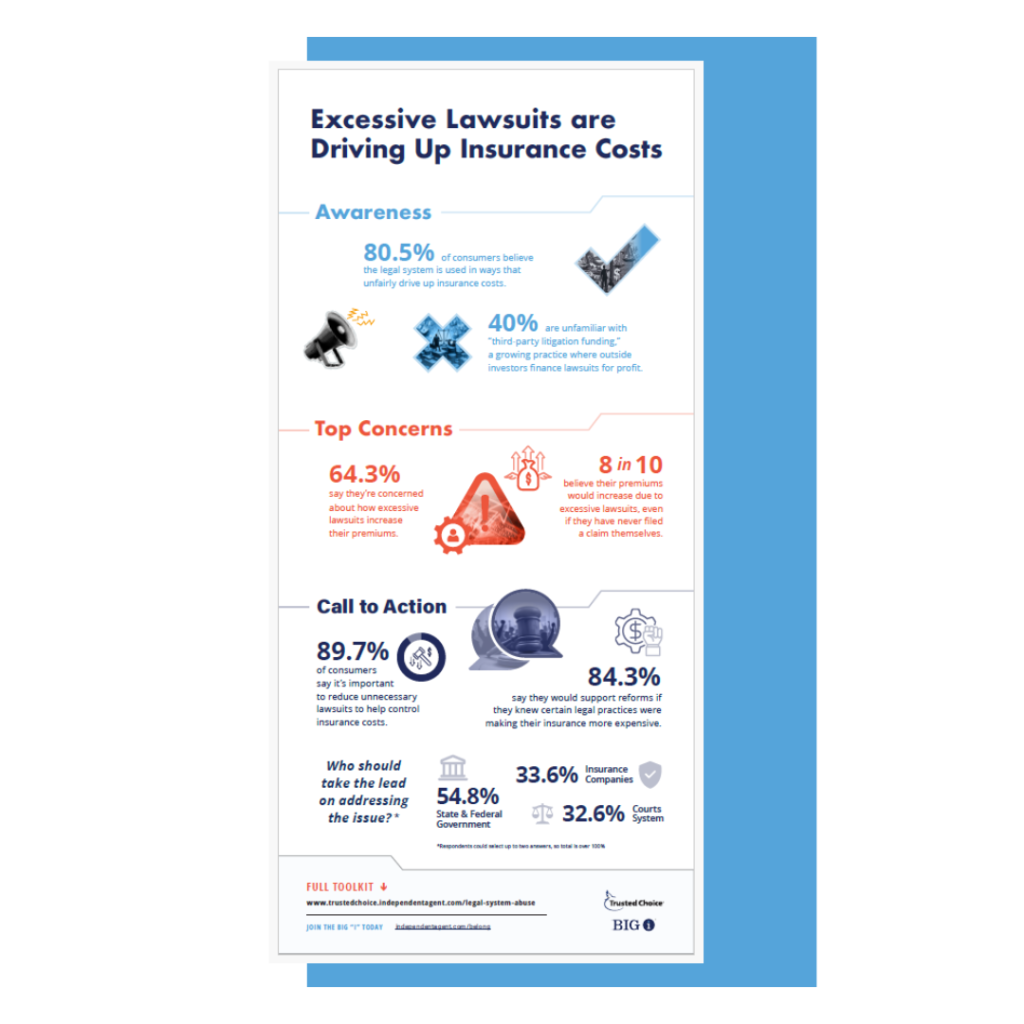It’s Called Underwriting! Maybe You Heard of It
Insurance carriers are required to make decisions regarding which endorsements to add, which ones to remove and how best to structure the coverage to protect both the insured and the insurance carrier. It’s called underwriting. Sadly, neither side, the agent or the underwriter, fully understand what constitutes “underwriting.” Too many underwriters believe a system-generated endorsement is a required endorsement that is not able to be removed. Likewise, many agents believe the carrier should remove any endorsement the agency requests. Neither extreme is true, there is a middle ground called underwriting.
Author: Chris Boggs Eating breakfast with a friend who is the regional manager for a large super regional insurance carrier, our conversation, surprisingly, turned to insurance. He explained that several agents who represented his company apparently attended the same class and came back demanding the removal of an endorsement because the instructor told them to make this demand. “We were told that we should request, and that you should be willing to remove the Protective Safeguards endorsement. Please take it off all our property policies.” Exasperated, my buddy had to explain to each requesting agent that in some, maybe even most, situations the carrier would be willing to remove the endorsement, but not in every case. As he said to me, “There are some operations and insureds that, from an underwriting perspective, require us to use this endorsement.” After a short pause he continued, “It’s called underwriting.” Underwriting is a multi-faceted profession involved in:
Although all five facets are important, only the first three are explored in this article. Adding and broadening coverages and negotiating pricing are important in the underwriting process, but neither is relevant to this particular discussion. Classes of Business Line underwriters rarely have the responsibility or opportunity to choose which classes of business the carrier considers and writes. This is generally done by a Chief Underwriting Officer (CUO) or underwriting management team. But this is the beginning of “underwriting.” Once the classes of business are chosen, the underwriting guidelines are written. There are two “levels” of underwriting guidelines: 1) Basic Underwriting Guidelines and 2) Optional Underwriting Guidelines. Basic Underwriting Guidelines Let’s make a comparison to explain the concept of “Basic Underwriting Guidelines.” Consider two restaurants with similar management and maintenance, the only differences being the construction and protection features.
Likewise, certain operations may require the attachment of specific exclusionary or limiting endorsements because the risk of loss from the excluded or limited event falls outside of what is considered fortuitous. Basically, the excluded or limited loss is almost certain to happen, and insurance carriers don’t want to insure against a certainty. It’s why carriers that insure adult establishments often use proprietary endorsements to exclude assault and battery in the commercial general liability policy. Basic underwriting guidelines are written by the same person or group who decided on the acceptable/desired classes of business. These guidelines cannot be altered or ignored by any other level of underwriter. These are non-negotiable guidelines. Optional Underwriting Guidelines and Endorsements Due to automation, the class code, SIC code or NAICS code may trigger the system to attach one or several exclusionary or coverage-limiting endorsements. The underwriter doesn’t make the initial decision, the system does. But not every exclusionary or limiting endorsement arises from the non-negotiable basic underwriting guidelines, some triggered endorsements result from optional underwriting guidelines which allow for underwriter judgement. These endorsements are negotiable. However, the line underwriter may not have the authority to make the final decision on the removal of these endorsements. Approval from a senior underwriter, underwriting manager or corporate officer may be required before a guideline can be waived, or an endorsement removed. Let’s return to the protective safeguards example. The carrier’s optional underwriting guidelines may require the attachment of the protective safeguards endorsement related to the sprinkler system to all policies on operations storing more than a specified amount of flammable and/or combustible liquids. However, the carrier may be willing to waive this requirement if the liquids are stored in an approved cabinet or outside the building. But the line underwriter doesn’t have the authority to make this decision, it must be referred to the senior underwriter. Agent Responsibility The agent is responsible for negotiating out exclusionary and limiting endorsements generated by the carrier’s system. Some endorsements cannot be negotiated out because they are part of the basic underwriting guidelines. However, others are up for negotiation because they are optional. To successfully negotiate the removal of a limiting or exclusionary endorsement, the agent must make a good argument against the need for the endorsement. “Because the instructor told us to have it removed” is not a good or even reasonable argument. If the line underwriter has the authority to remove the endorsement, that’s great. But when a higher authority is required, prepare for the referral with a written explanation the underwriter can provide to the decision maker. Help your underwriter help you. Move the request up the chain until it becomes clear that the carrier is unwilling to remove the endorsement. But do so professionally. Never make this exchange personal and never take it personally. This is a professional relationship. You do all you can for the client and the underwriters do all they can with the carrier and client in mind. Remember, the agent can negotiate optional underwriting guidelines only when the carrier’s underwriting guidelines are known. Also, the agent is expected to act as the first line underwriter on behalf of the carrier they are contracted to represent. A truly professional agent undertakes to know, understand and apply all carrier underwriting guidelines (basic and optional). Underwriter Responsibility Underwriters are required to know which guidelines are basic underwriting guidelines and are, thus, non-negotiable, and which guidelines are optional underwriting guideline and subject to negotiation. No underwriter should blindly accept all system-generated endorsements as non-negotiables. Underwriting requires decision making. Closing the Circle Underwriters and agents play key roles in the process of “underwriting.” In effect, the underwriting process is a form of negotiating those facets than can be negotiated. And negotiation is not synonymous with confrontation. Negotiation is two parties pushing from opposite directions – towards a common goal. In underwriting, the common goal is to provide the best protection possible for the insured without greatly endangering the financial position of the carrier. Sometimes the carrier is willing to remove an exclusionary or limiting endorsement, sometimes they are not. Either way, it’s called underwriting. Last Updated: June 21, 2019 |









